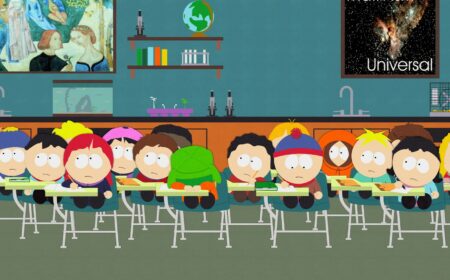Latest experiment in nuclear fusion shows promising avenues for energy production
More energy was produced than consumed, which is a great start

A lab division under the US department of energy just produced an exciting experiment, attempting to ignite, control and measure a nuclear fusion reaction. The experiment has finished and the department is releasing the first results, which seem to be even more promising than initially assumed.
The lab representatives claim that during the experiment it was possible to produce more energy than was consumed in the making of the experiment. This presents exciting avenues for energy production in the future.
The process took place at the National Ignition Facility. On 5 December, the lasers converged on a small gold cylinder that contained a tiny bead of fuel composed of two isotopes of hydrogen, deuterium and tritium. As a result, the cylinder vaporised, emitting X-rays that bombarded the fuel pellet, turning its outer diamond layer into an expanding plasma that compressed the fuel inside to the point where its nuclei fused and released a tremendous amount of energy.
This was a small fusion reaction, during which 50% more energy was released by the reaction, than was used to power some of the world’s most powerful lasers.
In the process, approximately only 4% of the deuterium-tritium fuel burned down, implying that there’s plenty of room for advancing this research.









